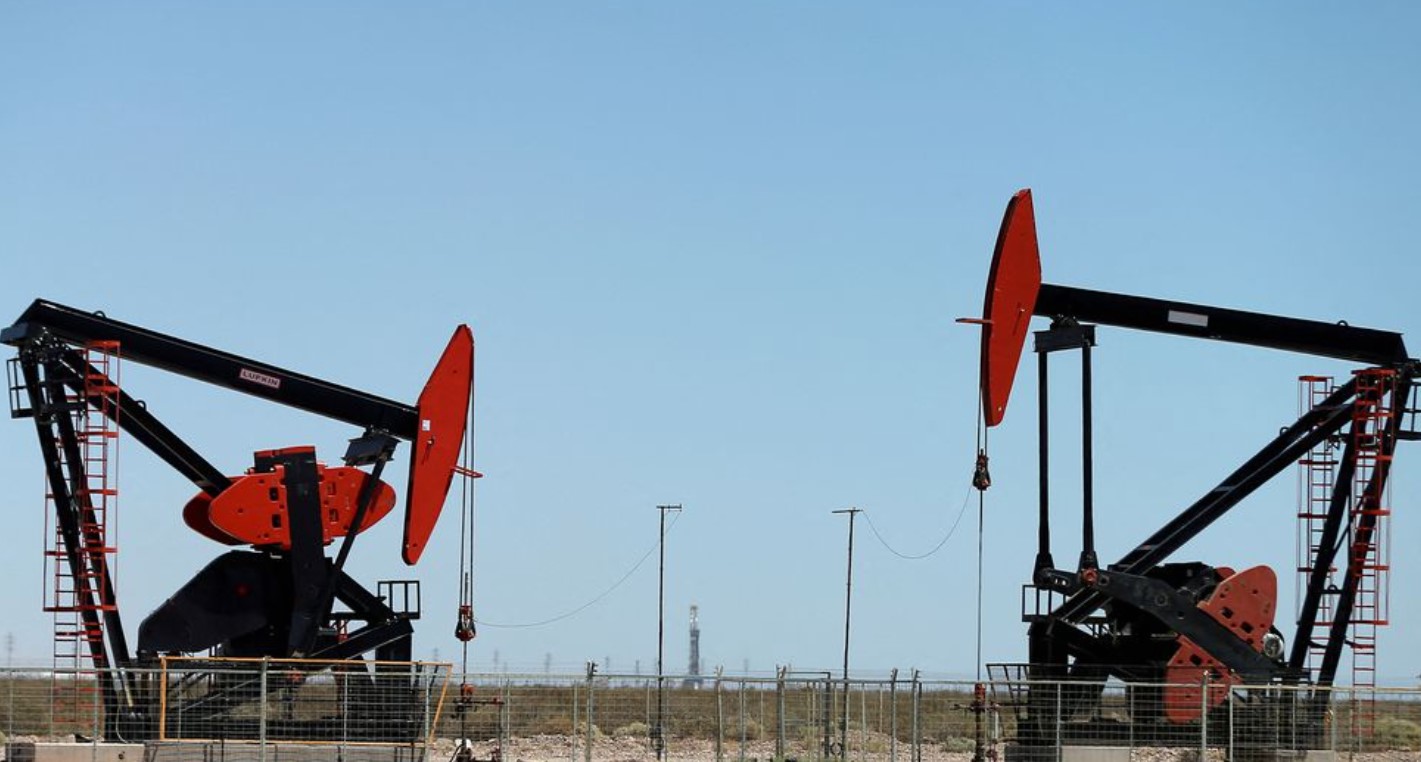Oil muted as price cap proposal relieves supply concerns
Benchmark Brent oil edged lower on Thursday while West Texas Intermediate (WTI) crude held steady, hovering in sight of two-month lows as the level of a proposed G7 cap on the price of Russian oil raised doubts about how much it would limit supply.
A bigger-than-expected build in U.S. gasoline inventories and widening COVID-19 controls in China also added downward pressure on crude prices.
Brent crude futures were down 29 cents, or 0.3%, to $85.12 a barrel by 15.15 p.m. ET (2015 GMT), while U.S. WTI crude futures rose 2 cents, to $77.96.

Both benchmarks plunged more than 3% on Wednesday on news the planned price cap on Russian oil could be above the current market level.
European Union governments remained split over what level to cap Russian oil prices at to curb Moscow's ability to pay for its war in Ukraine without causing a global oil supply shock, with more talks possible on Friday if positions converge.
The G7 group of nations is looking at a cap on Russian seaborne oil at $65-$70 a barrel, a European official said, though European Union governments have yet to agree on a price.
A higher price cap could make it attractive for Russia to continue to sell its oil, reducing the risk of a supply shortage in global oil markets.
- Petroleum Coke Market Analysis Analysis of domestic petroleum coke index(December 23, 2024)731
- Titanium Market Overview(December 25, 2024)572
- Caustic soda: Liquid caustic soda market rose and fell differently, flake caustic soda market rose slightly in some parts, and futures prices were sideways(December 25, 2024)270
- Polyethylene PE: Spot prices are stable with small fluctuations, and linear supply is still tight(December 25, 2024)425
- Polypropylene PP: Spot prices are consolidating in a narrow range, and the supply side is under pressure(December 25, 2024)370













